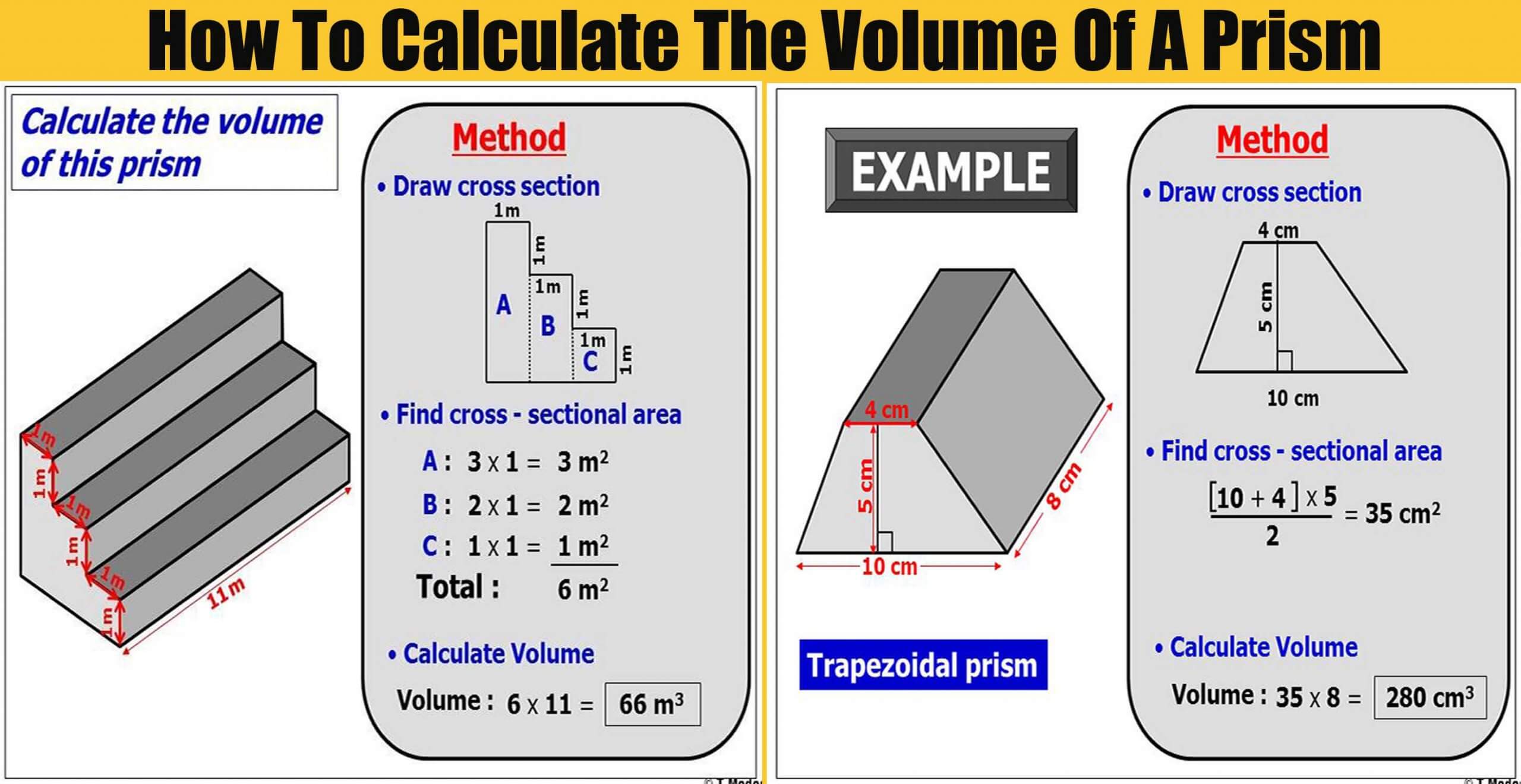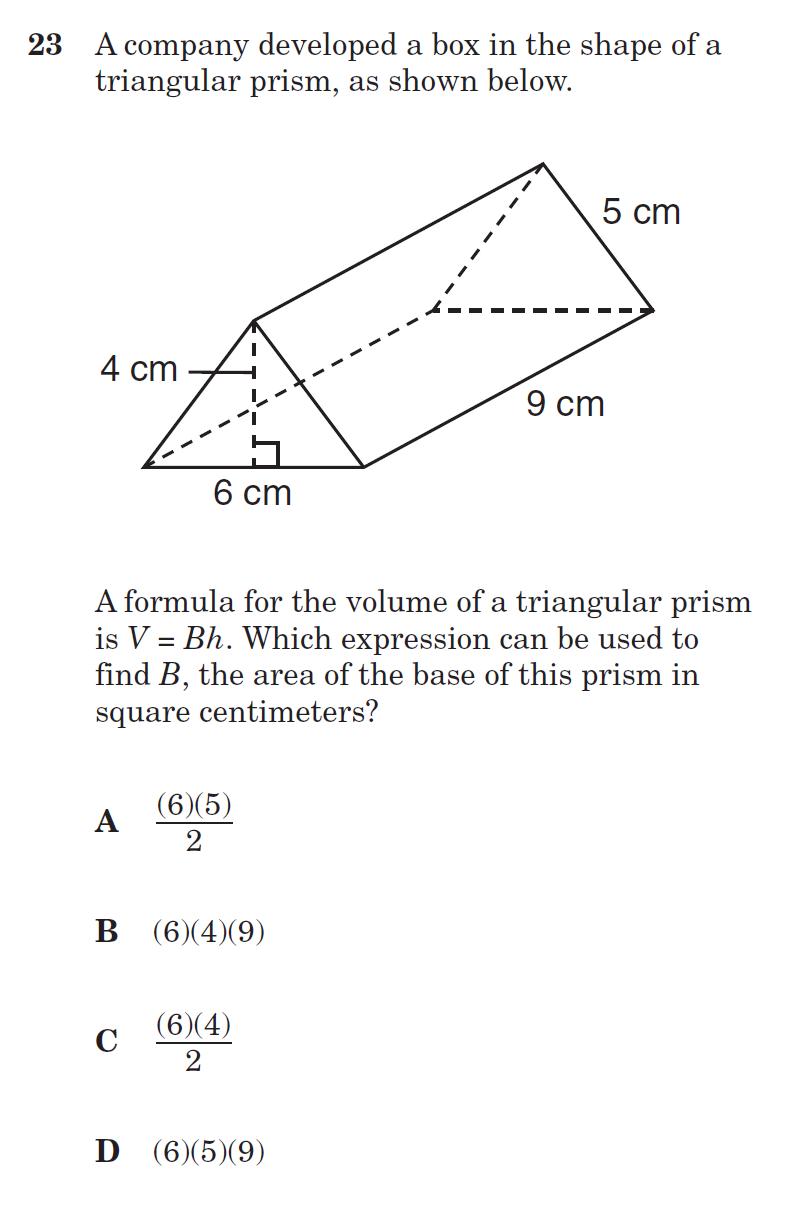

Now ask students what shape they would get if they cut the rectangular prism in half using a diagonal cut along the top as shown by the purple line in the diagram to the right.

Whether the student ‘see’ the length or the height.Į.g. On the rotation of the shape will determine The cross section is, find the area of it and then Introduced as area of the cross section × length The cross section will be the same shape as the identical ends of the prism. Show how the cross section must be identical along the length (or height) of the shape.Īll these shapes are triangular prisms as they have identical triangular ends, straightĮdges and a uniform cross section. Rotations of the shape, so students become familiar with what is required to call a shape a When introducing new prisms such as a triangular prism show a variety of drawings and This formula only applies to rectangular prisms. Showing a justification for the formula will support student understanding that Rectangular prism made from 1 cm cubes or drawing one on a computer program such as Clarify with students how this formula is established by showing a Students may be familiar with the formula length × width × height to find the volume ofĪ rectangular prism. Prisms are three-dimensional shapes with identical ends that can be cut into identicalĬross sections all along their length or height. To develop formulas to calculate the volume of other prisms such as triangular prisms. The volume of a rectangular prism from ( VCMMG259).

At this level, students will continue to develop their understanding of volume and finding


 0 kommentar(er)
0 kommentar(er)
